The death of Bob Flegg in World War II robbed St Kilda of a footballer who could so easily have been a genuine star of the game.
On July 7, 1944, Robert Barnes Flegg’s plane, a Vickers-Wellington X Bomber was shot down over Feuersbrunn, Austria, and all five men aboard were killed.
It was a scenario Bob Flegg could have never imagined as a trainee accountant with a Melbourne business.
Flegg’s entry in the Saints' honour roll is small but significant. In his one season, 1941, he kicked 47 goals in 18 games and was the club’s leading goalkicker. He had made an instant impression with the Saints, just as he had done with his two previous senior clubs on the road to VFL football.
He grew up in Hampton where he attended the local primary and high schools.
At the age of 18, he debuted for the Ormond Amateur Football Club in 1937 and booted a stunning 130 goals. He became the youngest player to kick 100 goals in the amateur competition and continued to shine with a further 115 goals across the 1938 and 1939 seasons. He represented the state Amateur team and in 1939, he was part of Ormond’s losing Grand Final side. In 1940, he lined up again for Ormond.
Late in 1940, VFA club Sandringham recruited Bob and after a two-goal debut, the new full forward fired in six goals in his second appearance. Another half dozen came two weeks later against Brunswick and with 20 goals from the five concluding matches of the season, it was clear that a genuine talent had arrived. He impressed St Kilda officials in a practice match when he booted seven goals against the famous Keith Miller, who was embarking on a storied football and cricket career.
He began the VFA campaign of 1941 with four goals for Sandringham, but a fortnight later it was announced that he had signed with the Saints and would be in the side for the opening round. He had a modest start with one goal on a day when the headlines focussed on veteran champ Billy Mohr, who decided his time was up and drew the curtains on a famous career.
No sooner had Mohr departed than Flegg began a remarkable month of football which started with 7.6 in his first game followed by tallies of five, six and seven goals. At the five-round mark, the 22-year-old’s 26 goals placed him second on the goalkicking list, just four behind North Melbourne’s Sel Murray.
Barbara Cullen’s superbly researched book Harder Than Football tells us that Bob Flegg had enlisted as a private in the Army Reserve in January 1940, and then after the 1941 season he transferred to the RAAF where he trained as a pilot.
Attached to the RAF 70th Squadron based in England, he flew missions across Europe targeting hangars, and aircraft and oil-refining plants. His final flight was a night mission targeting Feuersbrunn Air Base in Austria. Flegg’s Wing Commander wrote of him that “he was a thoroughly reliable and above-average captain of his aircraft”.
The young man who had worn the No. 12 guernsey for the Saints had married his sweetheart Mavis Smith just after the 1941 football season.
One of 25 Saints footballers who made the ultimate sacrifice, Bob Flegg’s tragic death had cut short a life full of promise.



